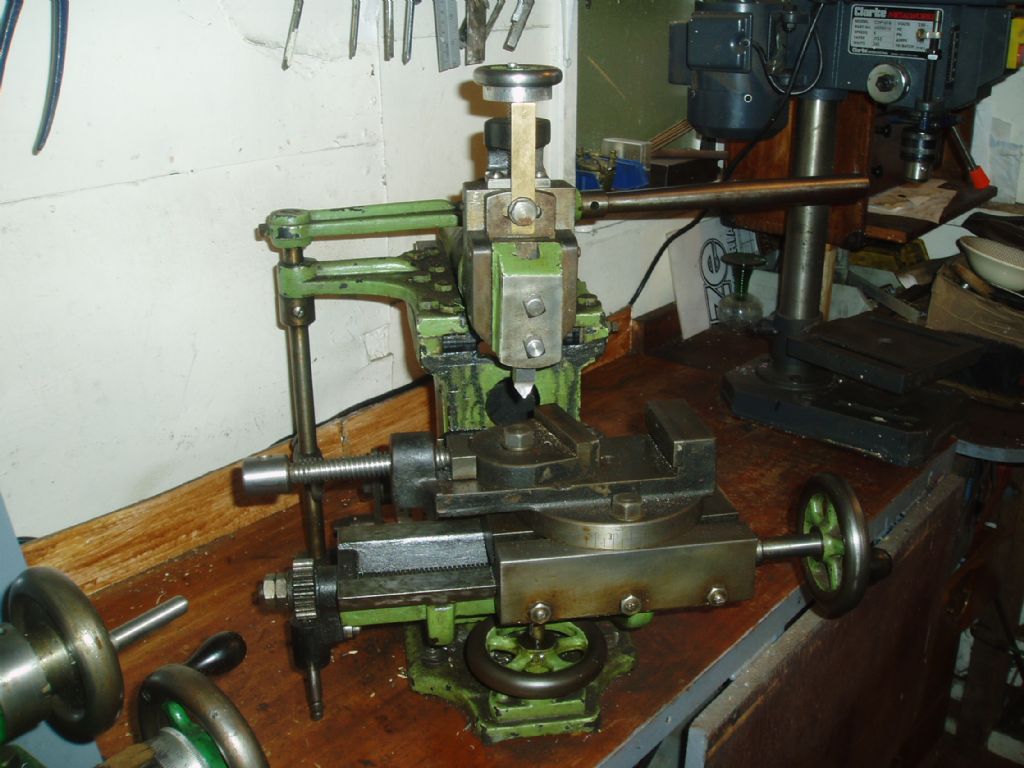My own guess would be that the backstroke would store some energy, so would be 50% harder to do.
So, in a perfect world, a 0.5HP motor could do the work of a 1HP motor, but it would do twice as much work so you would get the electric bill of a 1HP motor
The motor would compress the spring on the return stroke doing 0.5HP of work
The motor would then begin the cutting stroke doing 0.5HP of work, assisted by the spring which would be contributing 0.5HP of work, giving you 1HP of cutting power
All reduced by the vagaries of the real world but hopefully giving you at least an extra 50% of cutting power, so 0.75HP with a 0.5HP motor
The spring design would be important, you would want the energy to reach 0.0HP AFTER the end of the cutting stroke, and begin compression to full power on the return stroke.
An air compression system may also work, like when you put your thumb on a bike pump and compress the air inside, anything which stores energy could be used.
The best system would be one which creates a constant release of energy across the entire cutting stroke, the above compression storage systems start at a peak and reduce with the distance cut
2cents
and the ram suddenly moved propelled by the spring there could be serious injury.
On a powered shaper the shaper gearing system would prevent this surge
It would definitely be a risk with a hand shaper though, but you don't ever put your fingers near a tool problem, on a shaper a jam is relieved at the top of the ram by winding back the clapper slide, darwinism would soon teach you to keep one hand on the shaper handle(the human is the gearing system with a hand powered shaper) while the other hand screws back the cutting tool depth.
I recall reading somewhere that a shaper is one of the only power tools which has an operators hand constantly on a moving part it while it works
Edited By Ady1 on 06/05/2012 09:15:42
Nobby.






